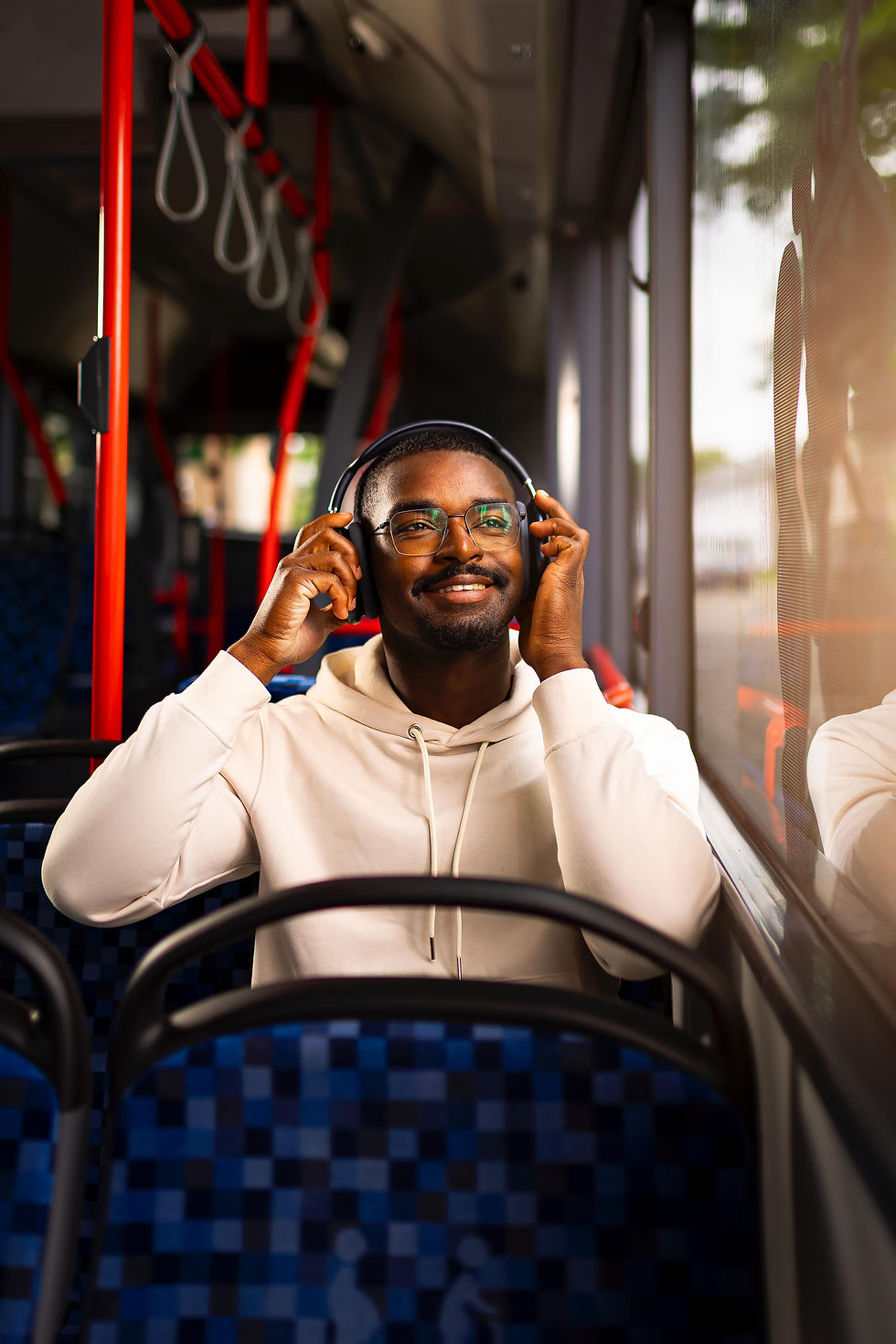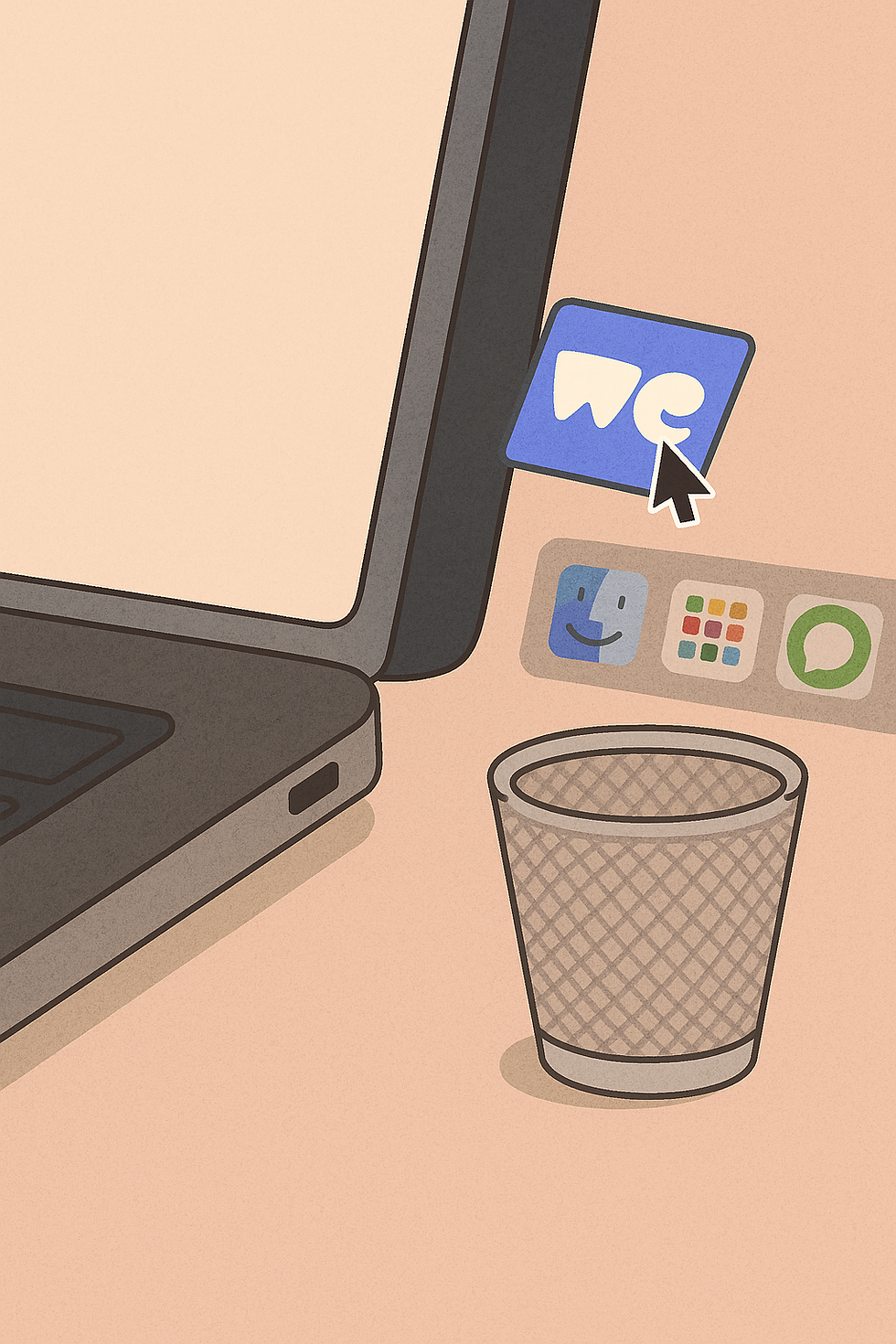Finding your ideal client as a photographer; my story.
- Stan Keulen

- Apr 9
- 5 min read
As an entrepreneur, it is crucial to find your ideal customer. I too have had to give substance to that question. You always want to develop further, stagnation means regression. Lately, I have asked myself more and more often "Who is my ideal customer?".

Anyone who has been following me a little lately may have seen me actively reaching out to marketing agencies several times. Why do I do that? First comes the substantiation before I give the answer at the end of the blog. That is not without reason. That key question goes hand in hand with the question "Which form of photography do I get the most satisfaction from?" By combining those two answers, I came closer to determining my ideal client. What I prefer to do is go for perfection. I am not the photographer who just goes shooting without a plan in the hope that there are some good shots in between. That can also be a way, but that is not my way. For a start-up company with a less accessible budget, this is often a solution to still obtain good content. But I do not settle for 'good'.
I have been a huge nerd when it comes to light for years. Where some photographers prefer to avoid flash, I am sometimes even inclined to use flash when the situation does not call for it at all. Every detail is perfectly lit to create the right atmosphere. Brightness, color, intensity, color temperature, you name it. That is what I find one of the most fascinating things to do. In a photo, everything revolves around contrast, creativity and atmosphere, and I work like a lab technician to work out the formula down to the smallest detail. With all the experience I have gained, I am able to manipulate complete settings. Is it raining cats and dogs on the day of the shoot and is there a storm with wind force 12? Don't be surprised if I manage to transform the setting as if the photo was taken during a sultry summer sunset. With this knowledge and the possession of such advanced equipment, I can always deliver the desired result and ensure that I am never dependent on external factors.
"Sounds nice, but when can you put this into practice?" I hear you think. The answer is (high-end) brand campaigns. These are often just a few photos, which have to be perfected down to the smallest detail. Due to the extreme perfectionism, this can take an incredible amount of time. Both in terms of preparation, photography and post-processing. These are often photos that have an insanely large reach and may be viewed tens of millions of times a day. Hypothetical example: advertising space has been purchased on a large LED screen along the A2 highway. Around 200,000 vehicles pass by there every day. Within 5 days, a million motorists have seen this brand campaign. Imagine how many people see this if this company advertises in multiple places - offline and online.

Who is my ideal client? A client who offers me the space - both financially and in terms of content - to develop creative concepts where the associated costs are not or less relevant.
The production of these types of campaigns usually involves a large budget and goes beyond just the costs of photography. Think of the developers of the campaign, location scout, location costs, models, hair & make-up, art and creative director, catering, clothing, graphic designer, advertising purchases etc. Or for example the rental or purchase of certain elements that need to be in the picture.
In short: there is more to that one or a few photos than you can even imagine.
Every entrepreneur must have a USP, or a 'Unique Selling Point'. A unique service or product that you provide, with which you can distinguish yourself from the competition. In order to facilitate such productions, I have made nice investments. Nevertheless, you will always hear somewhere "You do not become a good photographer because of good equipment". Yes, I agree with that for 99%. But still I am a bit allergic to this statement. The fact is that this branch of sport requires the highest quality, both in terms of skills and equipment.
After previous experiences I have noticed that I really enjoy working with a team of specialists on set. This way I can keep my full focus on the technical side of photography during the shoot. Everyone has their own task. For example, an art director assists me with the model communication and continues to give feedback on whether the photos accurately portray what the campaign should radiate by means of a live photo review via tethered shooting. The photos appear directly on a large screen.
Some marketing agencies often have a number of functions that work in-house on such a shooting day. However, I can also put together a team myself to realize the photography of a campaign.
Whatever form production takes, intensive collaboration is always key.





Comments